

Articles
How To Store Hollandaise Sauce
Modified: December 7, 2023
Learn the best practices for storing hollandaise sauce. Discover how to keep it fresh and delicious for longer with these helpful tips and tricks.
(Many of the links in this article redirect to a specific reviewed product. Your purchase of these products through affiliate links helps to generate commission for Storables.com, at no extra cost. Learn more)
Introduction
Welcome to the world of Hollandaise sauce, a rich and creamy delight that adds a luxurious touch to any dish. Whether you’re a seasoned chef or an amateur cook, knowing how to store Hollandaise sauce properly is essential to preserve its freshness and extend its shelf life.
Hollandaise sauce is a classic French sauce made from butter, egg yolks, and lemon juice or vinegar. It’s popularly used as a topping for eggs Benedict, roasted vegetables, grilled fish, and other savory dishes. The delicate balance of flavors and velvety texture make it a sought-after accompaniment.
While the process of making Hollandaise sauce can be a bit finicky, storing it doesn’t have to be. With a few simple steps, you can ensure that your precious Hollandaise sauce remains delicious and safe to consume for an extended period of time.
In this article, we’ll provide you with a basic Hollandaise sauce recipe, as well as tips and guidelines for storing it properly. So, whether you have leftover sauce or want to prep ahead, you’ll learn the best methods to keep your Hollandaise sauce fresh and flavorful.
Key Takeaways:
- Store Hollandaise sauce in airtight containers, refrigerating for short-term use and freezing for extended shelf life. Thaw and reheat gently to maintain its velvety texture and delicate flavors.
- Use fresh ingredients, portion wisely, and practice proper hygiene to preserve the quality and flavor of your homemade Hollandaise sauce. Experiment with flavor variations for a unique culinary experience.
Read more: How To Store Fish Sauce
Basic Hollandaise Sauce Recipe
Making Hollandaise sauce from scratch may sound intimidating, but with a little practice, you’ll be able to whip up this delicious sauce with ease. Here’s a basic Hollandaise sauce recipe to get you started:
- Ingredients:
- 3 egg yolks
- 1 tablespoon lemon juice
- 1/2 cup unsalted butter, melted
- Salt and pepper, to taste
- Instructions:
- In a small saucepan, fill about one-third with water and heat it over medium heat until simmering.
- Meanwhile, in a heatproof bowl that fits snugly on top of the saucepan, whisk together the egg yolks and lemon juice until well combined.
- Place the bowl on top of the simmering water, making sure that the bottom of the bowl doesn’t touch the water. This creates a gentle heat for cooking the sauce.
- Continue whisking the egg yolk mixture vigorously until it becomes thick and pale in color.
- Slowly drizzle in the melted butter while whisking continuously, ensuring that the sauce emulsifies and thickens.
- Season the sauce with salt and pepper to taste.
- Remove the bowl from heat and serve the Hollandaise sauce immediately.
Now that you have a basic Hollandaise sauce, let’s move on to the essential tips and techniques for storing it properly to maintain its quality and flavor.
Storing Tips for Hollandaise Sauce
Once you’ve made a batch of Hollandaise sauce, you may find yourself with more than you need for a single meal. Proper storage is key to maintain its freshness and prevent spoilage. Here are some important tips to keep in mind:
- Transfer to an airtight container: After making the sauce, transfer it to a clean, airtight container. Glass jars or plastic containers with tight-fitting lids work well to keep the sauce protected from air and contaminants.
- Cool before storing: Allow the Hollandaise sauce to cool down to room temperature before putting it in the refrigerator or freezer. This helps prevent condensation from forming, which can affect the texture of the sauce.
- Label and date: Don’t forget to label the container with the name and date of preparation. This ensures you can keep track of the sauce’s freshness and use it within a reasonable timeframe.
- Refrigerate promptly: If you plan to use the Hollandaise sauce within a few days, store it in the refrigerator. Place the container in the coldest part of your fridge, usually the back, to maintain a consistent temperature.
- Freeze for extended storage: If you want to extend the shelf life of the sauce, freezing is your best option. We’ll explore freezing methods in the next section.
By following these storage tips, you can enjoy your homemade Hollandaise sauce even days after making it. Refrigeration and freezing methods ensure that the sauce remains safe to consume and retains its delicious flavors.
Refrigerating Hollandaise Sauce
If you’re planning to use your Hollandaise sauce within a few days, refrigeration is the most convenient storage method. Here are the steps to refrigerate your sauce properly:
- Cool down the sauce: Allow the Hollandaise sauce to cool down to room temperature before refrigerating it. This helps prevent condensation and maintains the sauce’s consistency.
- Transfer to an airtight container: Pour the sauce into a clean, airtight container, ensuring that it’s tightly sealed to prevent any air or moisture from entering. A glass jar or plastic container with a secure lid works well for this purpose.
- Store in the refrigerator: Place the container in the coldest part of your refrigerator, such as the back shelf or the vegetable crisper drawer. This helps maintain a consistent temperature and minimizes the risk of temperature fluctuations.
- Use within 2-3 days: Refrigerated Hollandaise sauce should be consumed within 2-3 days for optimal freshness and flavor. After this time, the quality may deteriorate, and the sauce may spoil.
Remember to check the sauce for any signs of spoilage before using it. If you notice any changes in color, texture, or smell, it’s best to discard the sauce to avoid the risk of foodborne illnesses.
Refrigeration is a convenient option when you want to store your Hollandaise sauce for a short period. However, if you want to extend the shelf life even further, freezing the sauce is a better choice. Let’s explore how to freeze Hollandaise sauce in the next section.
Store hollandaise sauce in an airtight container in the refrigerator for up to 2 days. Reheat gently over a double boiler, stirring constantly, to prevent curdling.
Freezing Hollandaise Sauce
If you have a larger batch of Hollandaise sauce or want to store it for an extended period, freezing is the recommended method. Freezing helps to preserve the sauce’s freshness and flavor, allowing you to enjoy it at a later time. Here’s how you can freeze your Hollandaise sauce:
- Cool the sauce: Similar to refrigeration, ensure that the Hollandaise sauce has completely cooled down to room temperature before freezing. This step prevents condensation and maintains the integrity of the sauce when it’s frozen.
- Portion the sauce: Divide the sauce into individual portion sizes based on your needs. This way, you can defrost only the amount you require without thawing the entire batch.
- Airtight packaging: Transfer each portion of the sauce into airtight freezer-safe containers or resealable plastic bags. Make sure to remove as much air as possible before sealing to prevent freezer burn.
- Label and date: Don’t forget to label each container or bag with the name and date of freezing. This helps you keep track of the sauce’s freshness and ensures you use the oldest portions first.
- Freeze: Place the containers or bags in the freezer, making sure they are placed in a flat position to allow for easy stacking and saving space. The sauce can be stored in the freezer for up to 3 months without a significant loss in quality.
By following these steps, your Hollandaise sauce will be ready to be stored in the freezer, preserving its flavors and textures until you’re ready to use it again. Now, let’s move on to the process of thawing and reheating frozen Hollandaise sauce.
Read more: How To Store Spaghetti Sauce
Thawing and Reheating Frozen Hollandaise Sauce
When you’re ready to use your frozen Hollandaise sauce, it’s important to thaw and reheat it properly to maintain its quality. Here are the steps to follow:
- Thaw in the refrigerator: The safest way to thaw frozen Hollandaise sauce is by transferring it from the freezer to the refrigerator. Allow the sauce to thaw slowly in the fridge overnight or for a few hours until fully defrosted. This gradual thawing process helps preserve the flavors and texture of the sauce.
- Stir and check consistency: Once the sauce is completely thawed, give it a gentle stir to ensure it’s well-mixed. Check the consistency of the sauce, as freezing may cause some separation. If needed, whisk or gently heat the sauce to re-emulsify it.
- Reheat gently: If you prefer to serve the sauce warm, you can gently heat it. Place the desired amount of thawed Hollandaise sauce in a heatproof bowl or a double boiler. Stir constantly over low heat until the sauce reaches your desired temperature. Be careful not to overheat, as it can cause the sauce to curdle.
- Avoid overheating: It’s crucial to avoid high or direct heat when reheating Hollandaise sauce, as it can cause the sauce to split or become grainy. Remember, Hollandaise is a delicate emulsion, so gentle heating is key to maintain its silky texture.
It’s important to note that reheated Hollandaise sauce may not have exactly the same texture as freshly made sauce, but it should still be delicious. Remember to taste the sauce after reheating and adjust the seasoning if necessary.
Now that you know how to properly thaw and reheat frozen Hollandaise sauce, you can enjoy the convenience of having delicious homemade sauce readily available whenever you need it.
Tips for Maintaining Quality and Flavor
To ensure the Hollandaise sauce retains its quality and flavor, here are some additional tips to keep in mind:
- Use fresh ingredients: Start with fresh, high-quality ingredients for your Hollandaise sauce. This includes fresh eggs, unsalted butter, and high-quality lemon juice or vinegar. Using fresh ingredients will enhance the flavor and overall quality of the sauce.
- Avoid excessive reheating: While it’s safe to reheat Hollandaise sauce, try to avoid reheating it multiple times. Excessive reheating can cause the sauce to break and lose its silky texture.
- Store in small portions: When freezing the sauce, it’s best to portion it into smaller containers or bags. This way, you can thaw and use only the required amount, minimizing waste and maintaining the quality of the remaining sauce.
- Don’t refreeze thawed sauce: Once you’ve thawed the sauce, it’s important not to refreeze it. Refreezing can affect the texture and quality of the sauce, and may lead to food safety concerns.
- Consider making smaller batches: If you frequently find yourself with excess Hollandaise sauce, consider making smaller batches to avoid leftovers. This way, you can enjoy the sauce fresh without the need for extensive storage and reheating.
- Experiment with flavor variations: Hollandaise sauce is versatile and can be customized with various flavors. Consider adding ingredients like herbs, spices, or a dash of hot sauce to create unique variations of the classic sauce.
- Practice proper hygiene: Good hygiene practices are essential when handling and storing Hollandaise sauce. Ensure that all utensils, containers, and surfaces used for the sauce are clean and free from any contaminants.
By following these tips, you can maintain the quality and flavor of your Hollandaise sauce, ensuring a delightful culinary experience every time you use it.
Conclusion
Hollandaise sauce adds a touch of elegance to any dish, and knowing how to store it properly is crucial to retain its freshness and flavor. Whether you choose to refrigerate or freeze your Hollandaise sauce, following the right techniques will ensure that you can enjoy this delectable sauce beyond its initial creation.
Refrigerating the sauce is ideal if you plan to use it within a few days. By transferring it to an airtight container and storing it in the coldest part of your fridge, you can preserve the sauce’s quality. However, if you’re looking for a longer storage option, freezing is your best bet. Portioning the sauce, using airtight packaging, and labeling it accurately will help maintain its flavors and textures during the freezing process.
When it’s time to use your frozen Hollandaise sauce, make sure to thaw it properly in the refrigerator and gently reheat it to preserve its delicate emulsion. Avoid excessive reheating and overheating, as it can compromise the texture and flavor of the sauce.
Remember to always use fresh ingredients when making Hollandaise sauce, practice proper hygiene during preparation, and consider making smaller batches to reduce leftovers. By incorporating these tips into your routine, you can consistently enjoy the rich and creamy goodness of Hollandaise sauce.
Now that you have a solid understanding of how to store Hollandaise sauce, you can confidently experiment with various recipes and dishes, knowing that your delectable sauce will stay fresh and ready for whenever your taste buds crave its luxurious touch.
Frequently Asked Questions about How To Store Hollandaise Sauce
Was this page helpful?
At Storables.com, we guarantee accurate and reliable information. Our content, validated by Expert Board Contributors, is crafted following stringent Editorial Policies. We're committed to providing you with well-researched, expert-backed insights for all your informational needs.

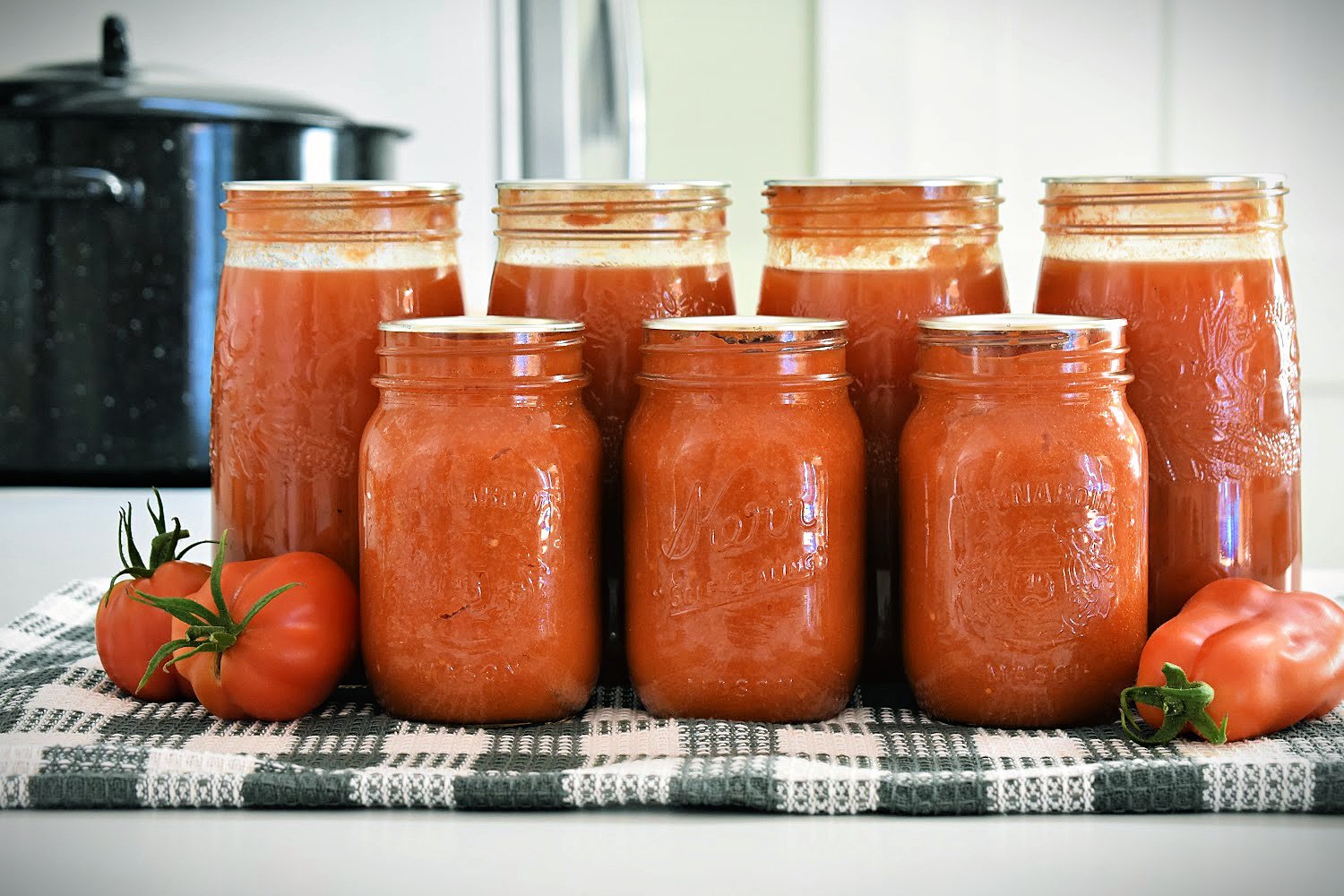
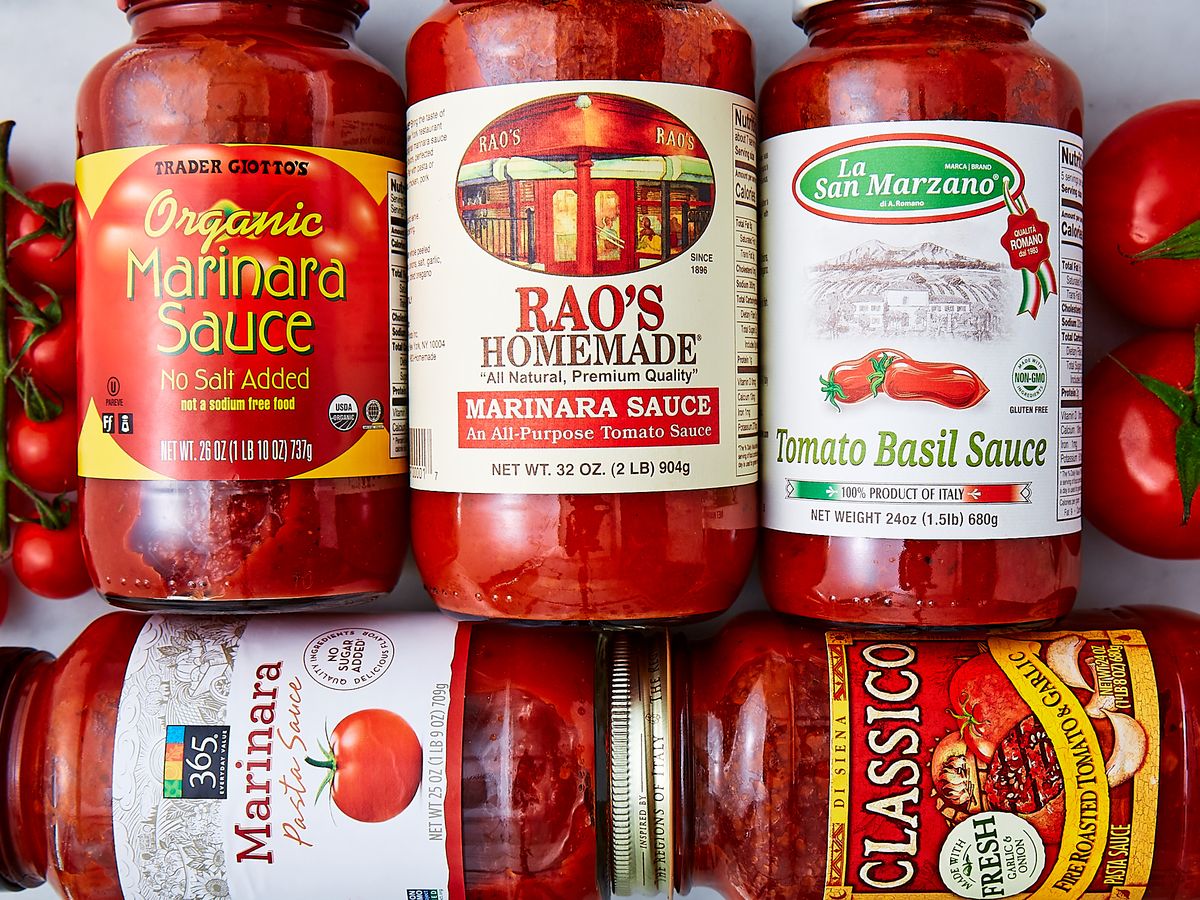

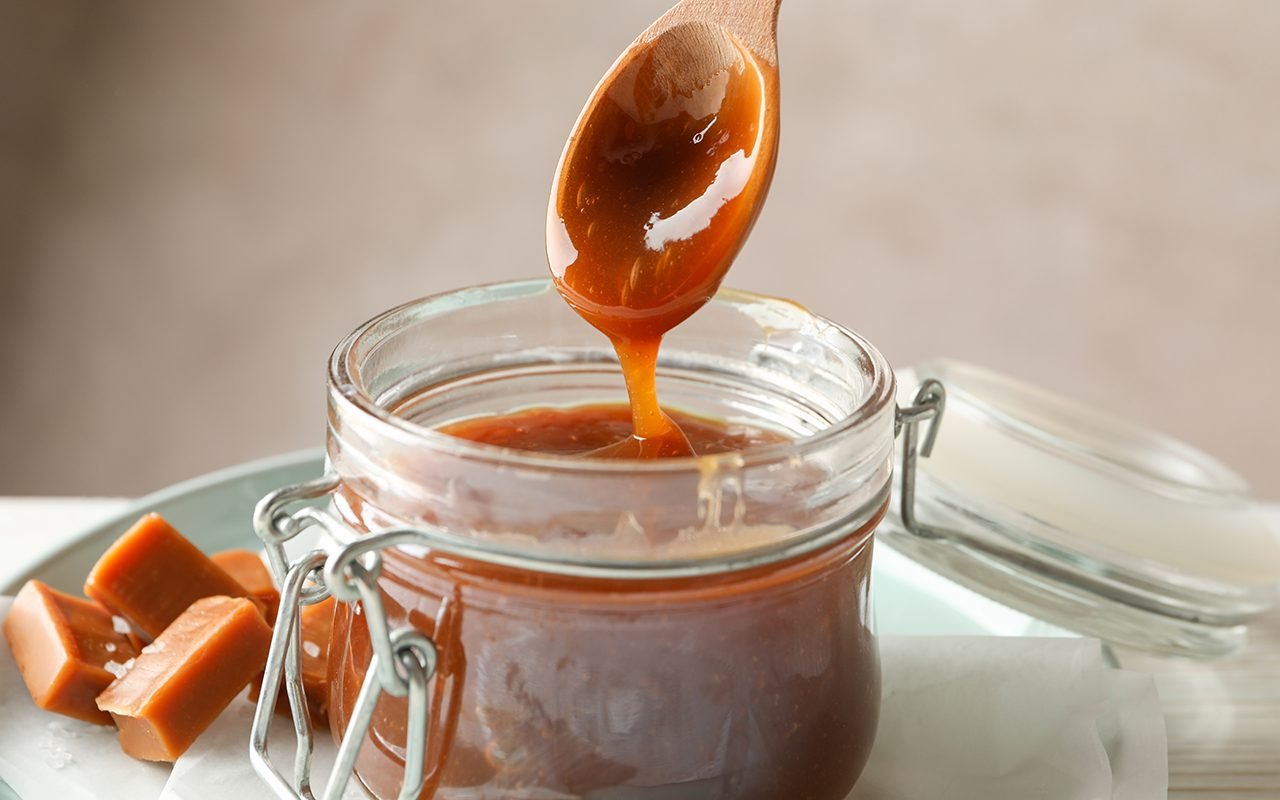
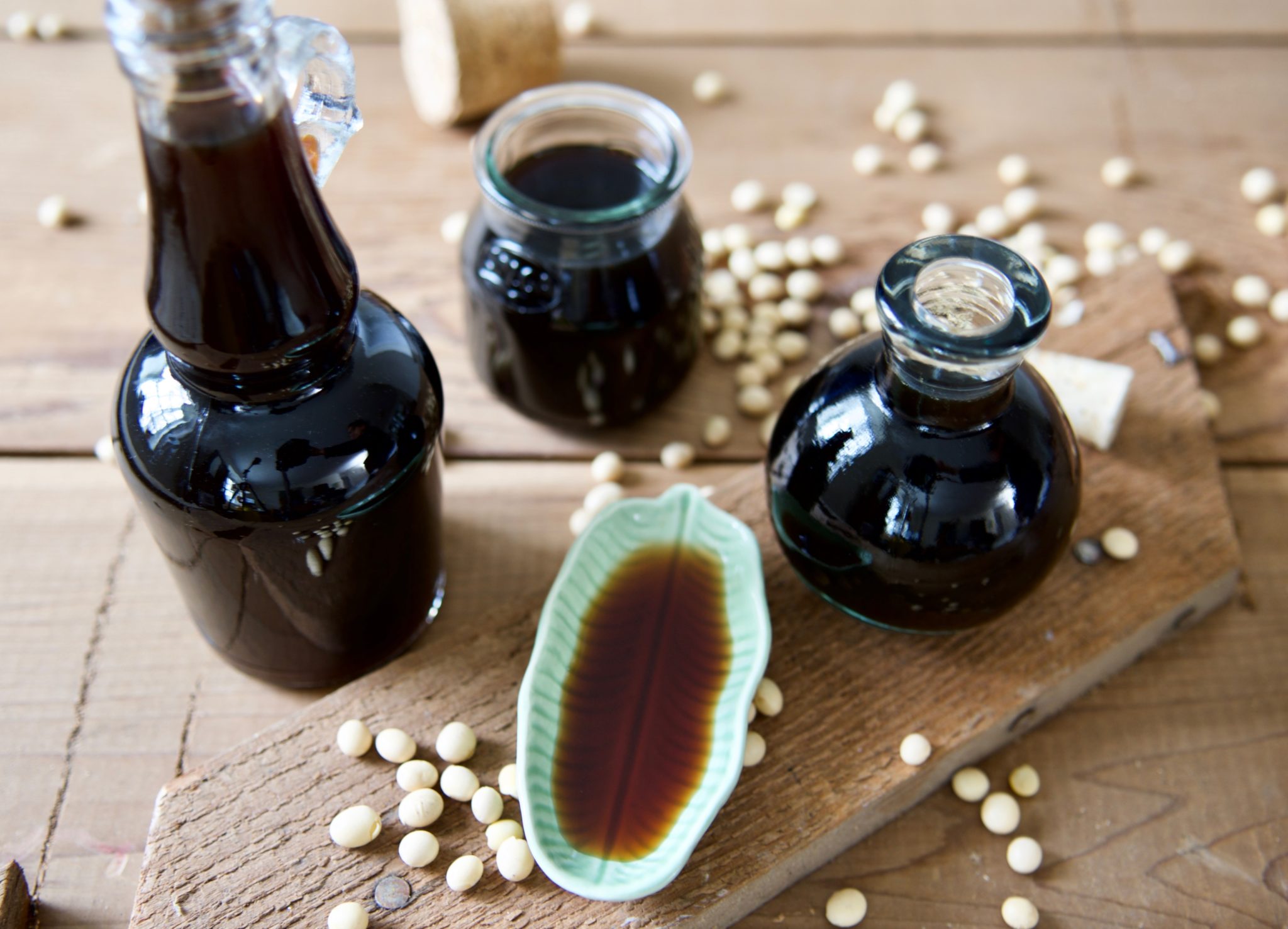
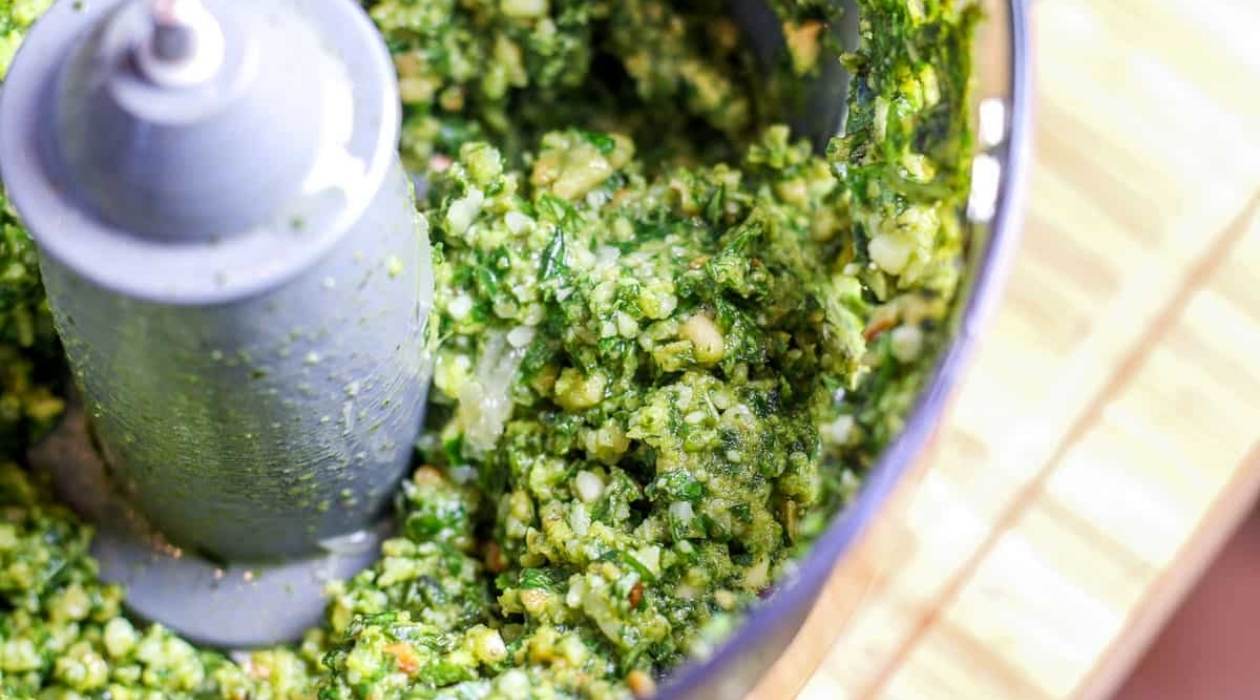
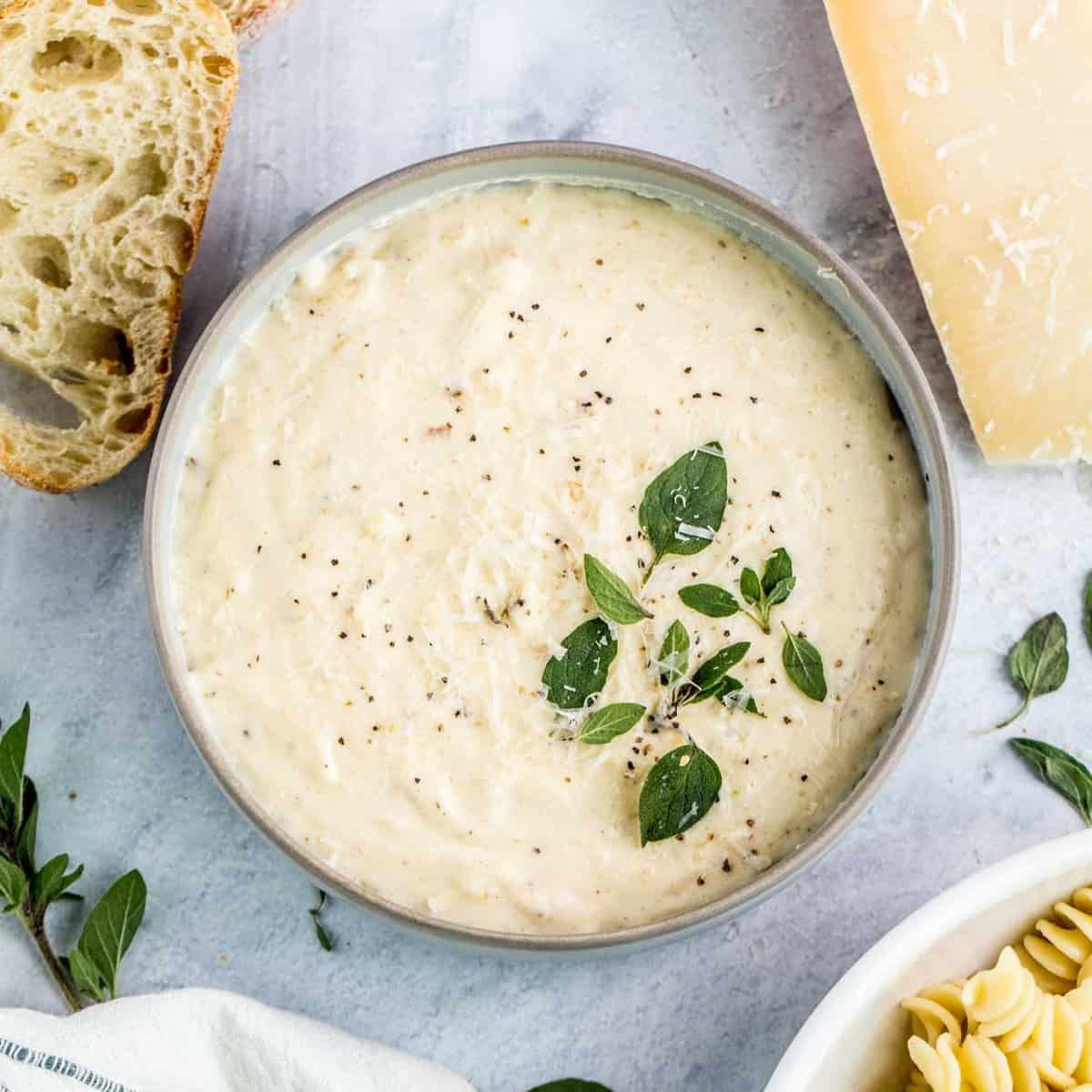
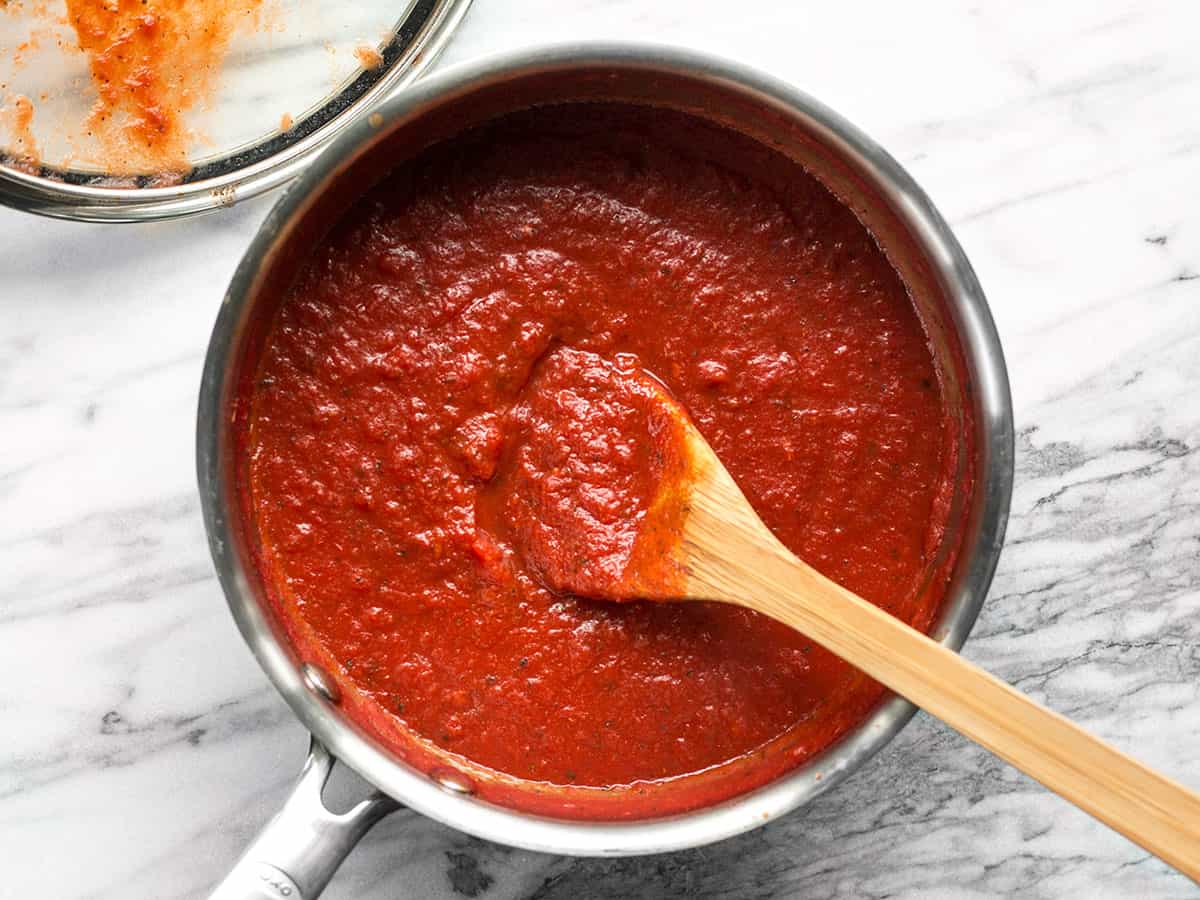
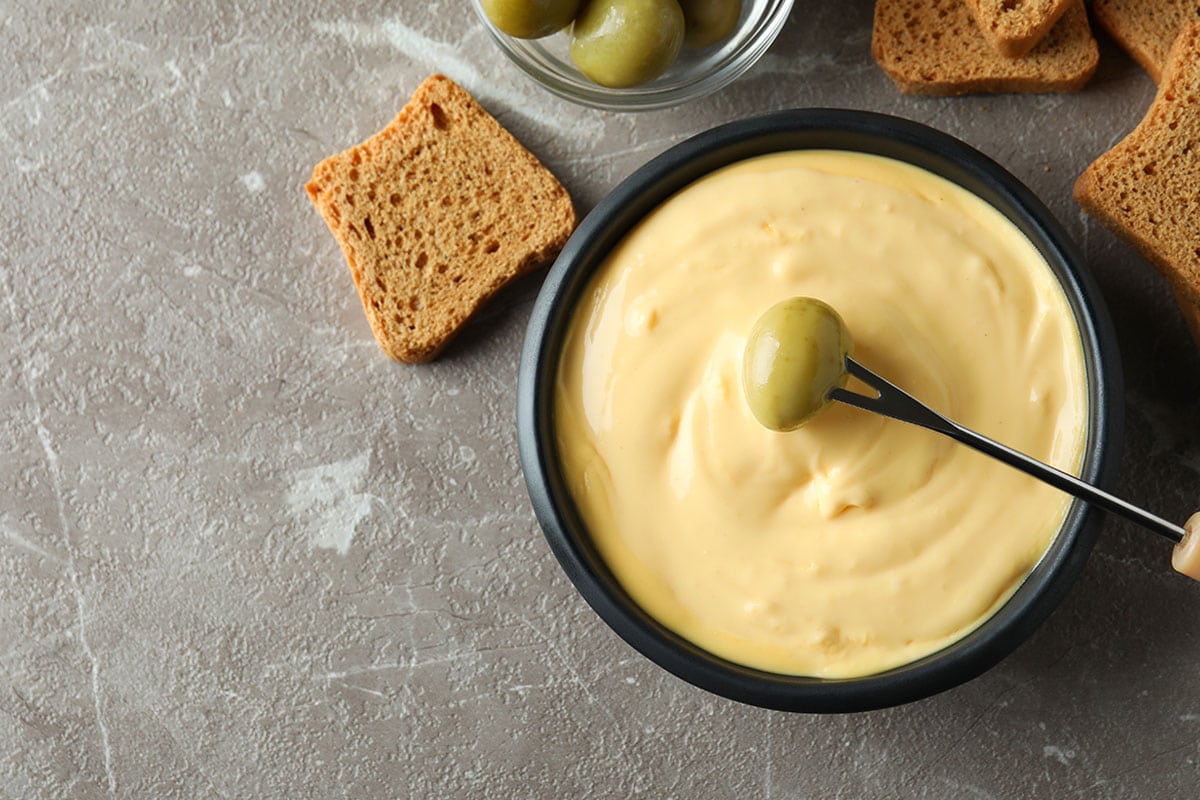
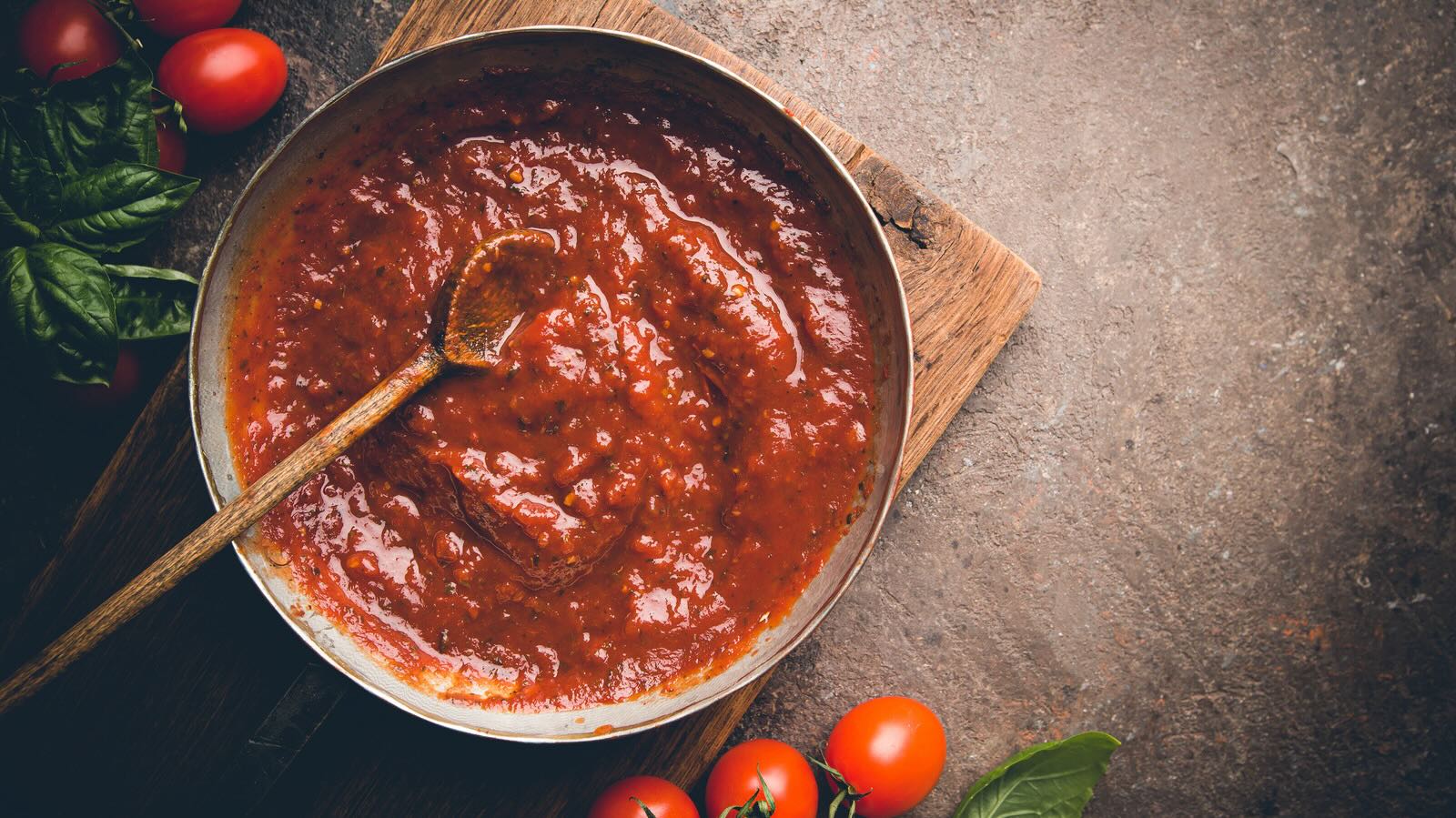
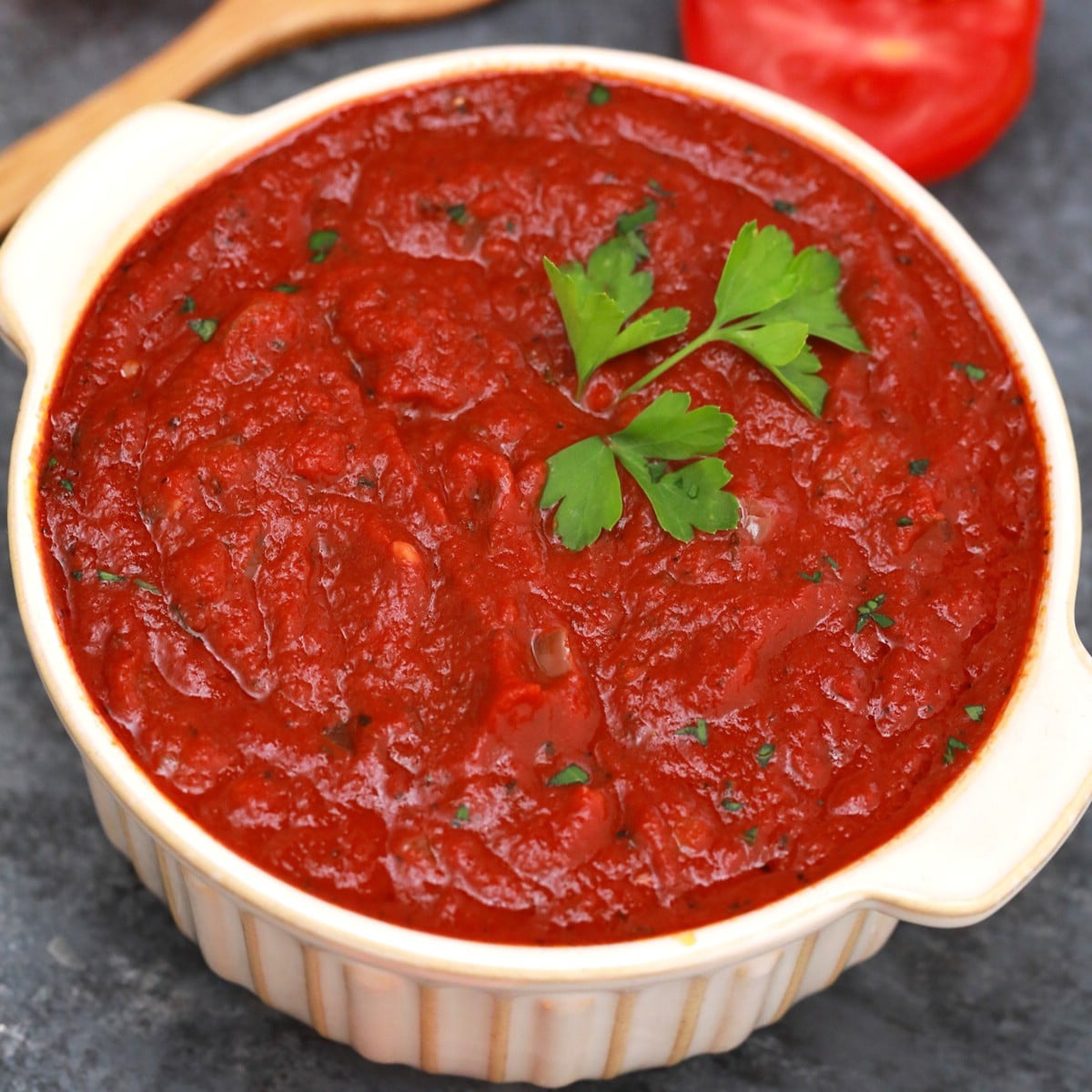

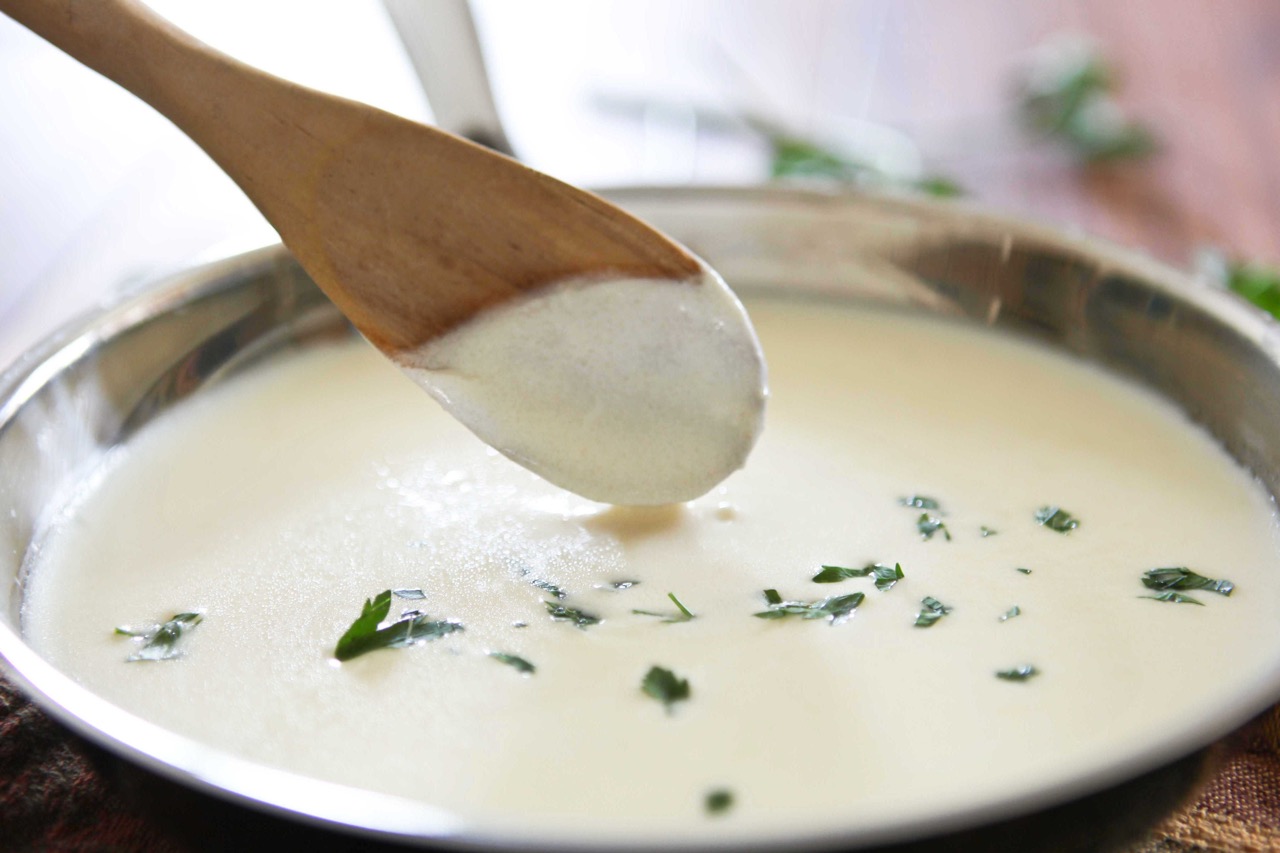

0 thoughts on “How To Store Hollandaise Sauce”